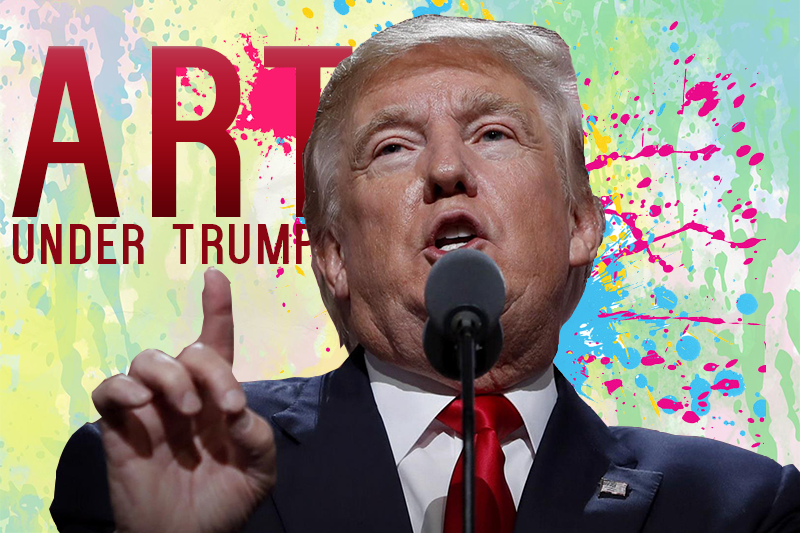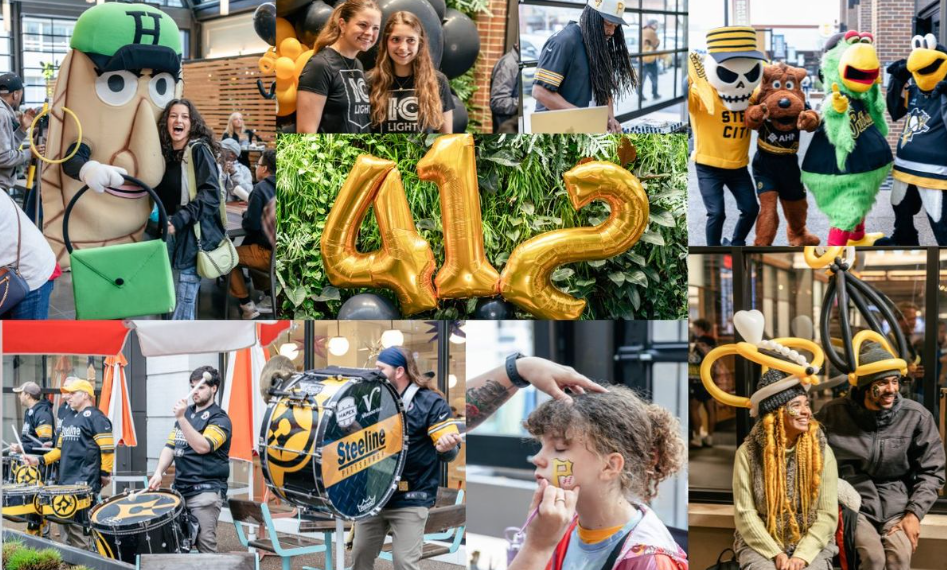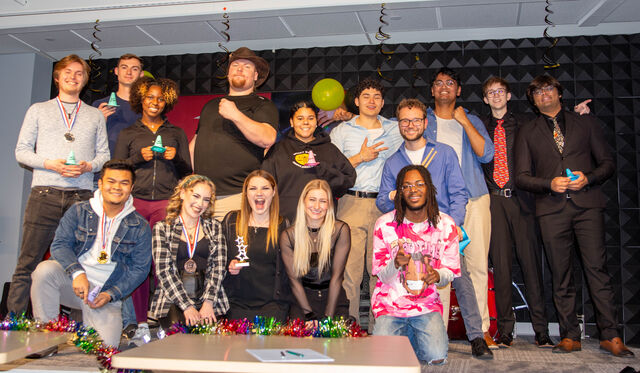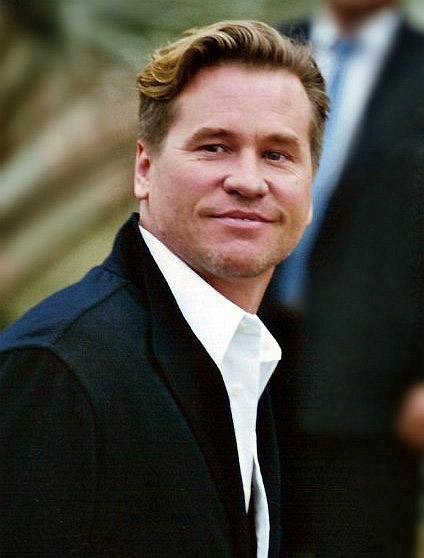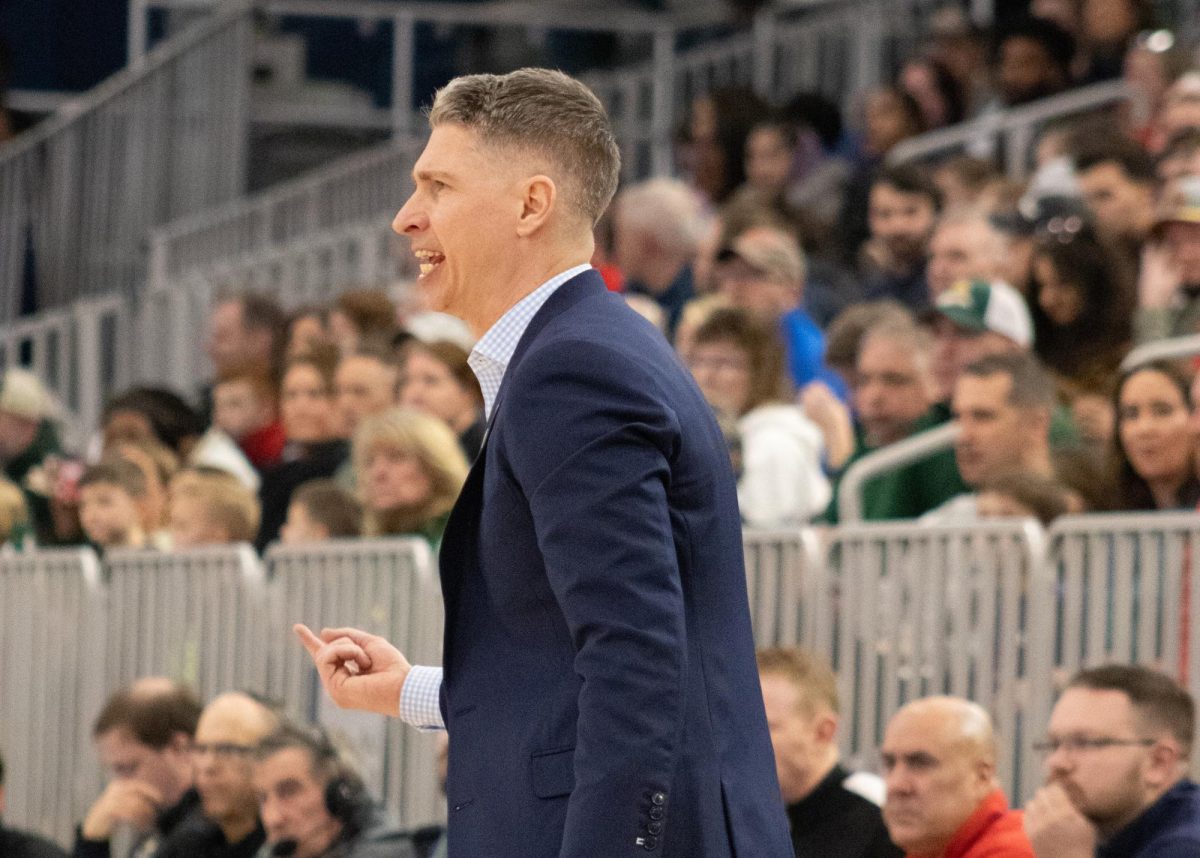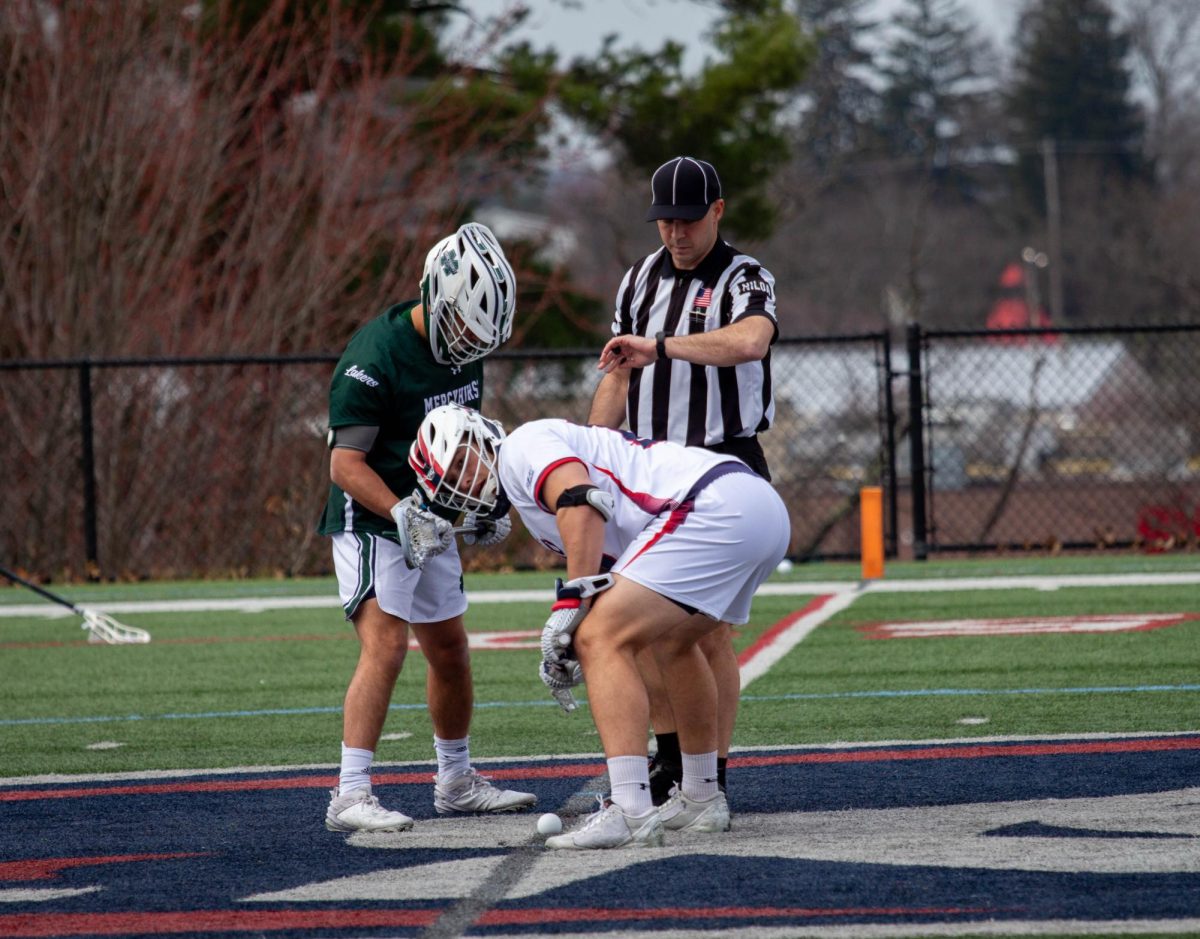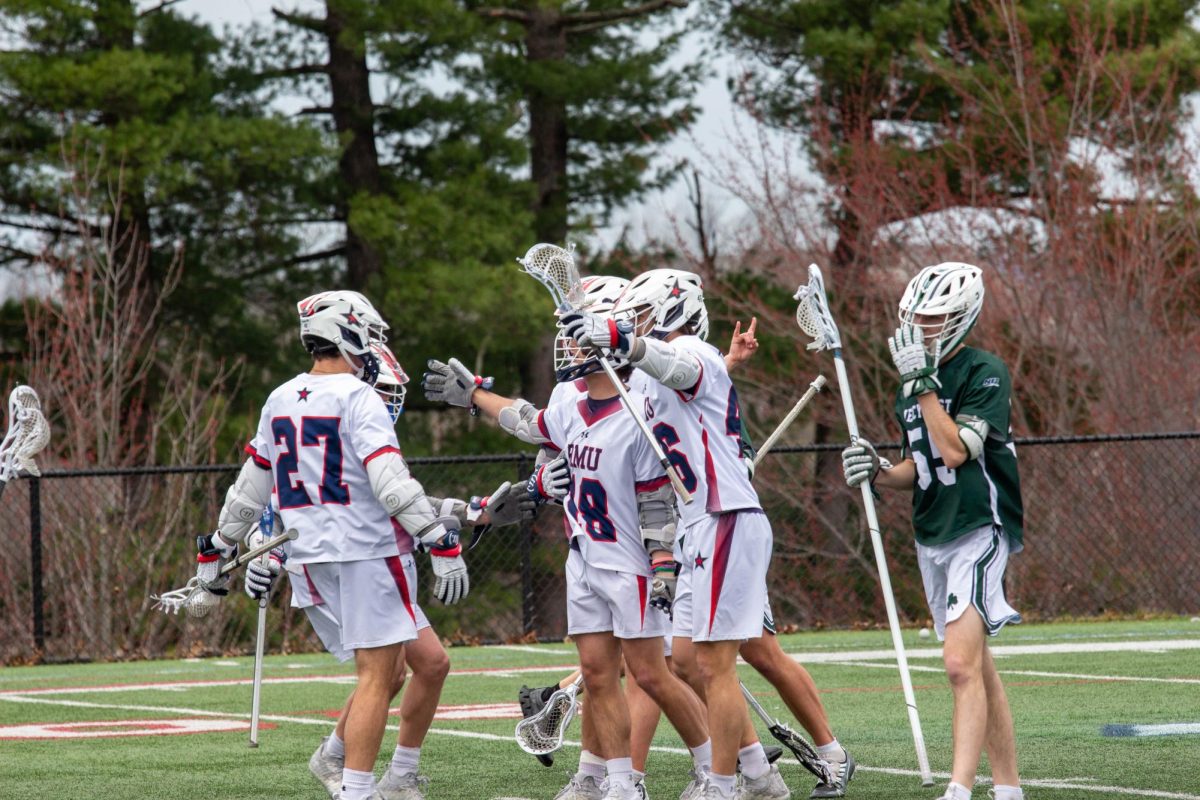In the flurry of social media madness following the election, I saw one particular idea surface again and again, and it came from those who were critical of a Trump presidency. The Idea was that under Trump, the world of art would flourish and expand. It’s not hard to see where this sentiment is coming from; art has a history of often drawing inspiration from political oppression and general civil unrest.
Irregardless of how you feel about the results of 2016’s presidential election, it is clear that Americans are extremely divided on the outcome. Those who denounce President Trump feel strongly that he will further oppress people who are already marginalized—something that if true will be tragic for our nation; however, the proposed “silver lining” here is that these oppressed individuals will use that as fuel to create incredible paintings, films, poems, sculptures, performances, music, etc.In truth, it may not be all that simple. Perhaps, we should consider other aspects of what a Trump presidency could mean for the art world, including the negatives.
Sure, this election, and Donald Trump in particular, have already motivated many creatives to create pieces that draw inspiration from the 45th president of the United States of America. From the YG hit rap song “FDT” to the controversial “Naked Trump” statue, there are already large amounts of murals and public art displays directly or indirectly depicting Trump. In addition to pieces that directly use Trump as a centerpiece, others simply battle his ideas and viewpoints in their particular medium.
This infusion of politics into art is not new as politics and art have often intermingled throughout history, yet Trump is easily one of the most polarizing political figures in modern America. Creatives in general tend to lean politically left and have been sparked by conservative politicians before. For example, the rise of the 1980’s anti-establishment Punk Rock movement is credited largely to Ronald Reagan’s presidency, so the notion that a Trump presidency will spark revolutionary new art seems valid but, in truth, may not be the case.
Unfortunately, sparking a generation of kids to rebel creatively was not the only impact Reagan had on the arts. In fact, one could argue he was far more detrimental than helpful to art as a whole, which is something that could very well be replicated by Trump. Reagan attempted to de-fund the National Endowment for the Arts, something he was almost able to accomplish; now Trump’s goals for American include lowering taxes and decreasing government spending. Spending on the arts could very well be one of the first to go.
Trump’s rhetoric of not wanting to give “handouts” and the conservative viewpoint of leaving behind the poor and unemployed could prove dangerous to many low-income artists who have yet to make money from their works. This could very well deter creative individuals and force them to follow less risky career paths instead of pursing their creative visions. Along with lowering funding to agencies that support the arts, Trump and the Republican-led Congress have put forth a plan to repeal the Affordable Care Act, which would leave a large portion of self-employed artists without healthcare—creating yet another difficult obstacle in the road to creating.
Ultimately like most things, only time will tell what Trump’s impact will be on the American art world. Personally, I feel like the idea that art will flourish under Trump is a short-sighted reaction that fails to take into the account the inhibitions that Trump may place on artists.
In the end, the state of the art world will rest in the same place it always has: in the minds, hearts and souls of those that are brave enough to create. Art will live or die with the artist, and we may just need it now more than ever.



